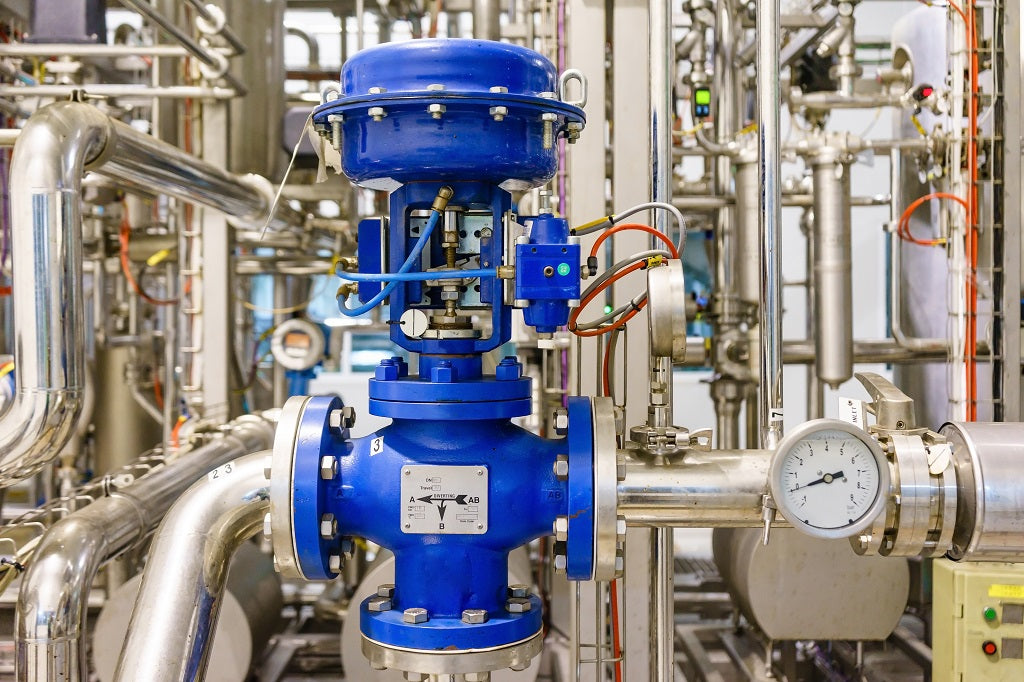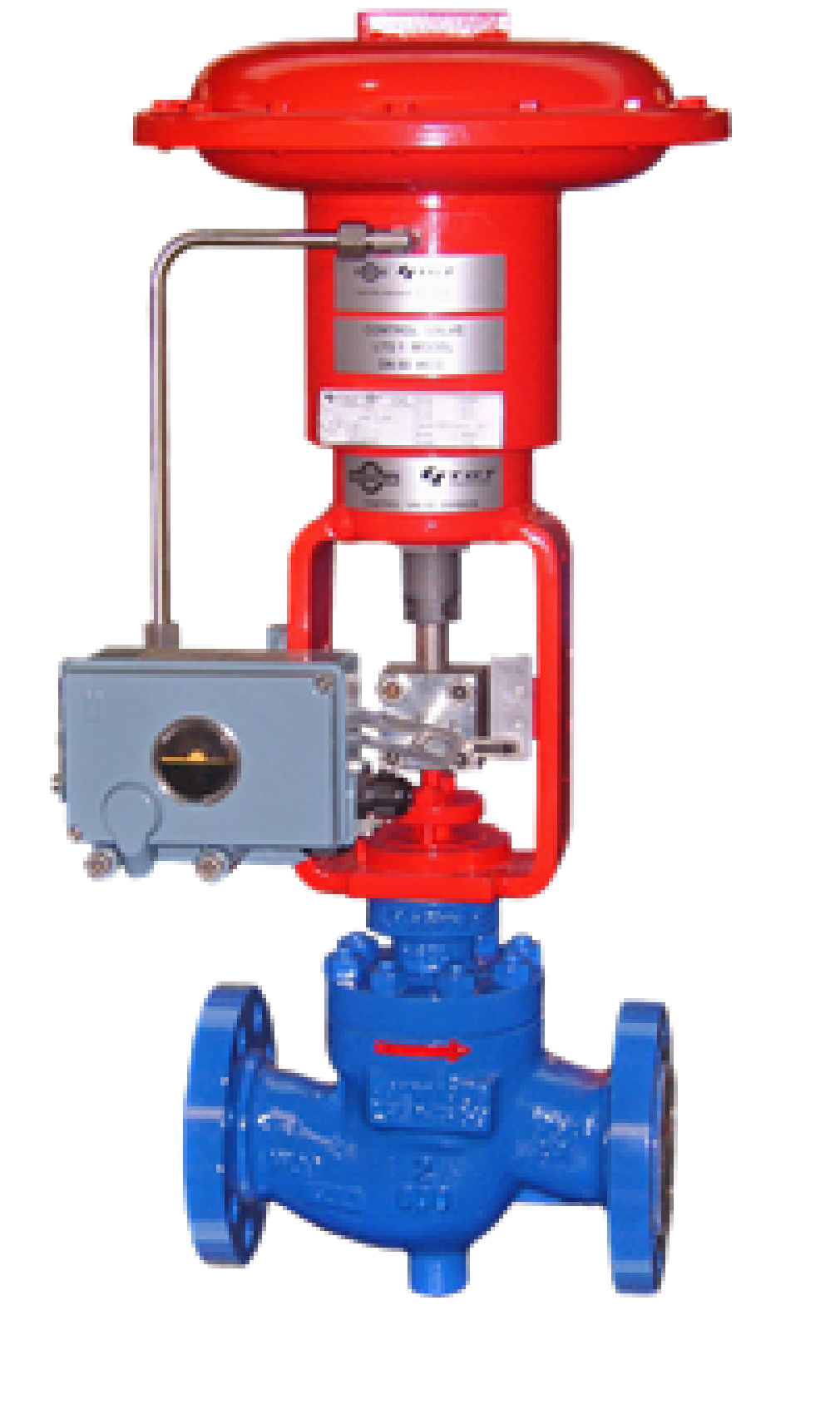How Control Valves Impact Power Effectiveness in Industrial Settings
How Control Valves Impact Power Effectiveness in Industrial Settings
Blog Article

Maximize Energy Savings and Comfort With Advanced Structure Automation Controls
In the realm of contemporary style and center monitoring, the integration of sophisticated structure automation regulates stands as a crucial improvement. By using the power of automation, structures can adjust, respond, and progress in methods that were once unthinkable.
Energy Performance Advantages
Energy efficiency advantages can dramatically decrease energy usage and functional prices in structures. By executing energy-efficient practices and innovations, building proprietors and drivers can accomplish substantial savings while also adding to environmental sustainability. Among the primary advantages of enhancing energy efficiency in buildings is the reduction of utility bills. Energy-efficient systems, such as innovative structure automation controls, can optimize the use of resources like illumination, heating, and air conditioning, resulting in reduced energy expenditures gradually.
Additionally, enhanced power efficiency can prolong the life-span of building devices and systems. By operating extra successfully, HVAC systems, lighting fixture, and various other structure components experience much less damage, resulting in minimized maintenance and substitute expenses. Furthermore, energy-efficient buildings commonly command greater building worths and rental prices, providing long-term economic advantages to proprietors.
Additionally, power efficiency can boost owner convenience and performance. Properly managed interior environments with optimum illumination and thermal problems develop an even more pleasant and conducive work area, leading to improved employee fulfillment and performance. Generally, the energy performance benefits related to advanced structure automation controls are complex, including expense financial savings, ecological stewardship, and occupant well-being.
Improved Convenience Control
Enhancing convenience control in structure environments calls for an innovative integration of advanced automation systems for optimal resident health. By using advanced building automation controls, centers can customize the interior environment to meet the certain demands and preferences of residents. These systems enable specific regulation of temperature level, lighting, and air flow, developing a productive and comfortable atmosphere. Resident complete satisfaction and efficiency are carefully connected to thermal convenience, making it necessary to have systems in position that can adapt to altering problems in real-time.
Improved comfort control goes beyond basic temperature level modifications. It consists of features such as tailored setups, tenancy sensing units, and natural light utilization to develop a responsive and vibrant setting. By integrating these sophisticated controls, structures can not just boost comfort yet likewise enhance energy effectiveness by optimizing system operations based upon actual tenancy and usage patterns. Inevitably, focusing on resident convenience with sophisticated automation systems brings about a more pleasurable and much healthier interior setting.
Operational Efficiency Improvements

In addition, the application of real-time monitoring and analytics devices enables building operators to identify energy ineffectiveness and functional anomalies promptly. By continuously keeping track of power use patterns and system efficiency metrics, modifications can be made in real-time to enhance energy intake and guarantee peak functional performance. control valves. Furthermore, incorporating demand response methods into structure automation controls can additionally enhance operational performance by dynamically changing power use based upon grid conditions and rates signals
Indoor Environment Optimization
Reliable interior climate optimization is Learn More a fundamental facet of structure automation controls, guaranteeing passengers' convenience and health while maximizing energy savings. By utilizing innovative sensing units and controls, constructing automation systems can click here to read continuously readjust and monitor temperature level, moisture levels, air quality, and air flow to develop an optimal interior environment. Keeping comfy and consistent conditions not just boosts occupant satisfaction but also improves efficiency and total health.
Indoor environment optimization likewise plays an important duty in power performance. By fine-tuning cooling, air flow, and home heating systems based upon real-time data and occupancy patterns, constructing automation controls can dramatically minimize energy consumption - control valves. As an example, applying approaches such as demand-controlled air flow and thermal zoning can assist reduce energy waste while ensuring that each location of the building receives the essential conditioning.

Sustainable Atmosphere Creation
Building automation regulates not just optimize indoor environment conditions for power efficiency and owner comfort yet also lay the foundation for producing a sustainable environment through critical management of systems and sources. By incorporating sophisticated structure automation innovations, such as sensors, actuators, and smart software, facilities can readjust and check power usage in real-time to decrease waste and lower their carbon footprint. These systems make it possible for predictive maintenance, determining possible problems before they rise and maximizing tools performance to enhance durability and effectiveness.
Furthermore, sustainable environment development extends past power monitoring to encompass water conservation, waste decrease, and interior air top quality renovation. Structure automation controls can regulate water usage, find leaks, and guarantee correct waste disposal methods, contributing to total sustainability initiatives. In addition, by controlling and keeping track of ventilation and filtering systems, these innovations boost owner health and wellness and productivity while decreasing power consumption related to a/c procedures.
Final Thought
Finally, advanced building automation controls deal considerable advantages in regards to power cost savings, comfort control, operational read the article performance, indoor environment optimization, and producing a lasting setting. By executing these controls, buildings can accomplish optimal performance while minimizing power usage and improving owner convenience. It appears that using sophisticated automation innovation is vital in enhancing structure efficiency and developing a more sustainable future.
Power effectiveness advantages can significantly reduce energy usage and operational costs in structures. On the whole, the energy effectiveness benefits connected with sophisticated building automation controls are multifaceted, including price financial savings, environmental stewardship, and passenger well-being.
Furthermore, integrating need action approaches right into building automation controls can even more boost functional performance by dynamically adjusting energy use based on grid problems and rates signals.
Building automation controls not only enhance indoor environment problems for energy performance and resident comfort yet additionally lay the structure for producing a sustainable environment with tactical administration of resources and systems.In verdict, progressed building automation controls offer significant benefits in terms of power cost savings, comfort control, functional effectiveness, interior climate optimization, and developing a sustainable environment.
Report this page